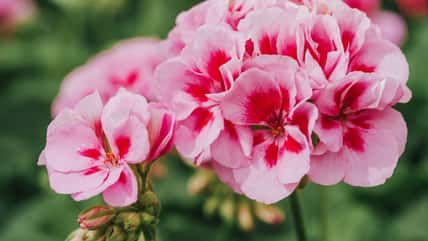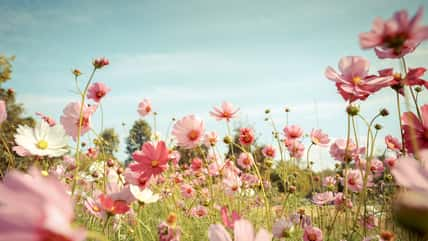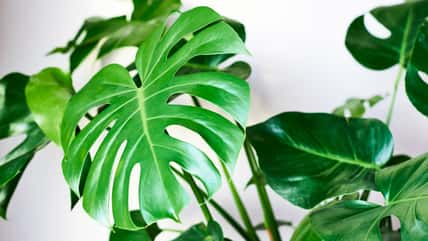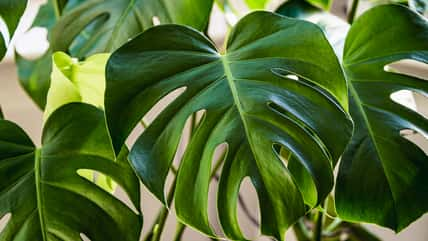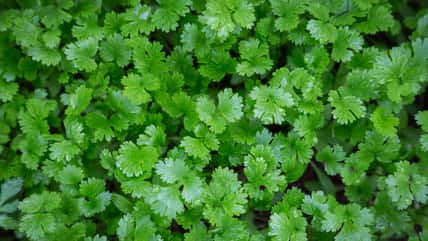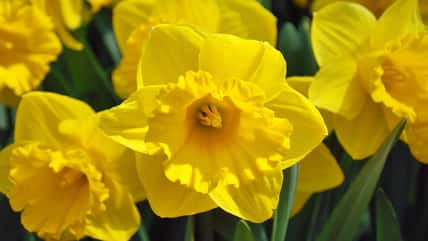Cultivate A Sweet Spot In Your Very Own Garden By Growing Rhubarb, An Ingredient Perfect For Jams, Pies, And More

Rhubarb is a crop that definitely stands out in any garden, known for its tangy taste that’s perfect in both pies and jams. And while it might seem daunting to grow, anyone can add rhubarb to their gardening repertoire with the right approach.
So, whether you’re an experienced green thumb or just starting out, here’s how to grow rhubarb successfully and up your garden game.
Picking Your Plant
The first step in your rhubarb journey is choosing a variety that suits your taste and garden environment.
“Victoria” and “Canada Red” are two popular choices, with “Victoria” known for its sweeter, greenish stalks and “Canada Red” for its robust, red stalks and fuller flavor.
Just be sure to consider your local weather conditions and personal preference when picking out your rhubarb variety.
Planting Your Rhubarb
Now, rhubarb is a fan of cooler weather, but this crop can adapt to different environments with a bit of care.
Still, you should look for a spot in your garden that gets plenty of sunlight and has well-drained soil. If you’re working with heavy or clay-like soil, raising your garden beds can also offer a good workaround.
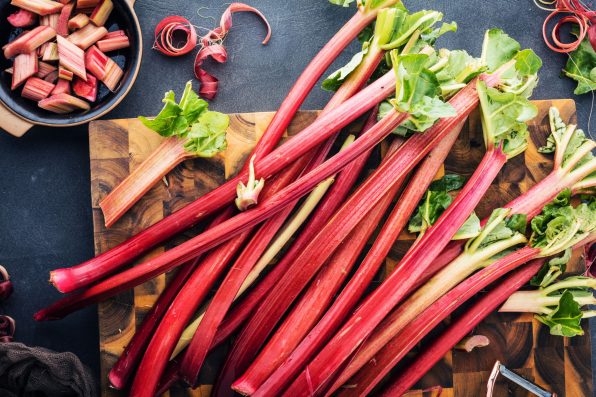
karepa – stock.adobe.com – illustrative purposes only
Then, plant rhubarb crowns in early spring, setting them about three feet apart to give them room to spread out and bury the crowns about two inches deep.
Afterward, resist the temptation to harvest in the first year so your plants can establish a strong foundation for future growth.
Keeping Your Rhubarb Happy And Healthy
When it comes to care, rhubarb needs consistent watering. However, it’s important not to overdo it to prevent waterlogging the roots.
Applying mulch around the plants can help retain soil moisture and reduce weed growth as well; meanwhile, a dose of balanced fertilizer early in the season can encourage healthy growth.
Additionally, be vigilant about removing flower stalks to keep the plant focused on producing those tasty stalks.
Harvest Time
Your patience will finally pay off in the second year when it’s finally time to harvest your rhubarb.
You should wait until the stalks are about as thick as your thumb, typically in late spring. Then, just gently twist and pull them from the base to harvest!
But keep in mind that the leaves are toxic, so stick to the stalks for your baking and cooking needs.
Troubleshooting Common Challenges
Rhubarb can be susceptible to crown rot and fungal diseases, especially in overly wet conditions. To mitigate this, ensure good drainage and avoid overwatering.
In order to manage pests, you should regularly inspect plants for signs of aphids and treat them with appropriate organic methods if necessary.
Sometimes, rhubarb plants may also send up flower stalks, a process known as “bolting,” which can decrease stalk production. Just remove these flower stalks as soon as they appear to direct the plant’s energy back to growing stalks.
Last but not least, if your rhubarb produces thin stalks, it may be due to overcrowding or nutrient deficiencies. So, make sure your plants are spaced properly and apply a balanced fertilizer early in the growing season.
Sign up for Chip Chick’s newsletter and get stories like this delivered to your inbox.
More About:Gardening
